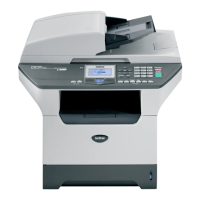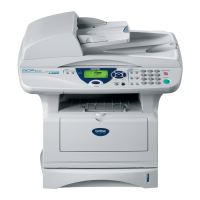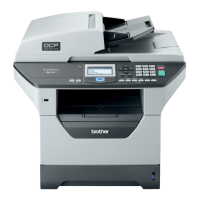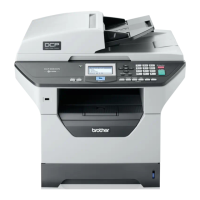Confidential
3-22
3.2.5 Print Process
3.2.5.1 Charging
The drum is charged to approximately 900V by an ion charge which is generated by the primary
charger. The charge is generated by ionization of the corona wire, which has a DC bias from the
high-voltage power supply applied to it. The flow of the ion charge is controlled by the grid to
ensure it is distributed evenly on the drum surface. The aluminum drum sleeve in the exposure
drum is grounded.
+
+
+
+
+
+
+
+
+
+
+
+
+
+
+
+
+
+
+
+
+
-
-
-
-
-
-
-
-
-
-
-
Fig. 3-23
The primary charge uses a corona wire, but since the drum is positively charged, only less than
1/10 of the usual quantity of ozone is generated compared with the negatively charged drum. The
level of ozone expelled from the machine is therefore not harmful to the human body. Applicable
safety standards have been complied with.
3.2.5.2 Exposure stage
After the drum is positively charged, it is exposed to the light emitted from the laser unit.
Fig. 3-24
<Laser exposure unit>
1. The laser beam radiated from a laser diode inside the laser unit are concentrated into a
constant width by a slit in the CO lens cell and then reflected by a polygon mirror rotating at
high speed.
2. The laser beam reflected by the polygon mirror are refracted by the f-theta lens and radiated
from the right through to the left end of the reflection mirror as the polygon mirror rotates. At
this time, blur of the vertical direction of the laser beam by inclination of a polygon mirror is
corrected by passing a Toric lens.
Aluminum drum sleeve
Or
anic
hotoconductor la
e
Exposure
drum
Voltage
circuit
Grid
HVPS
Corona wire
f θ lens
Laser beam
Polygon mirror
Paper
Laser detector
Laser diode
Motor
Laser beam
Drum
Toric Lens
CO Lens
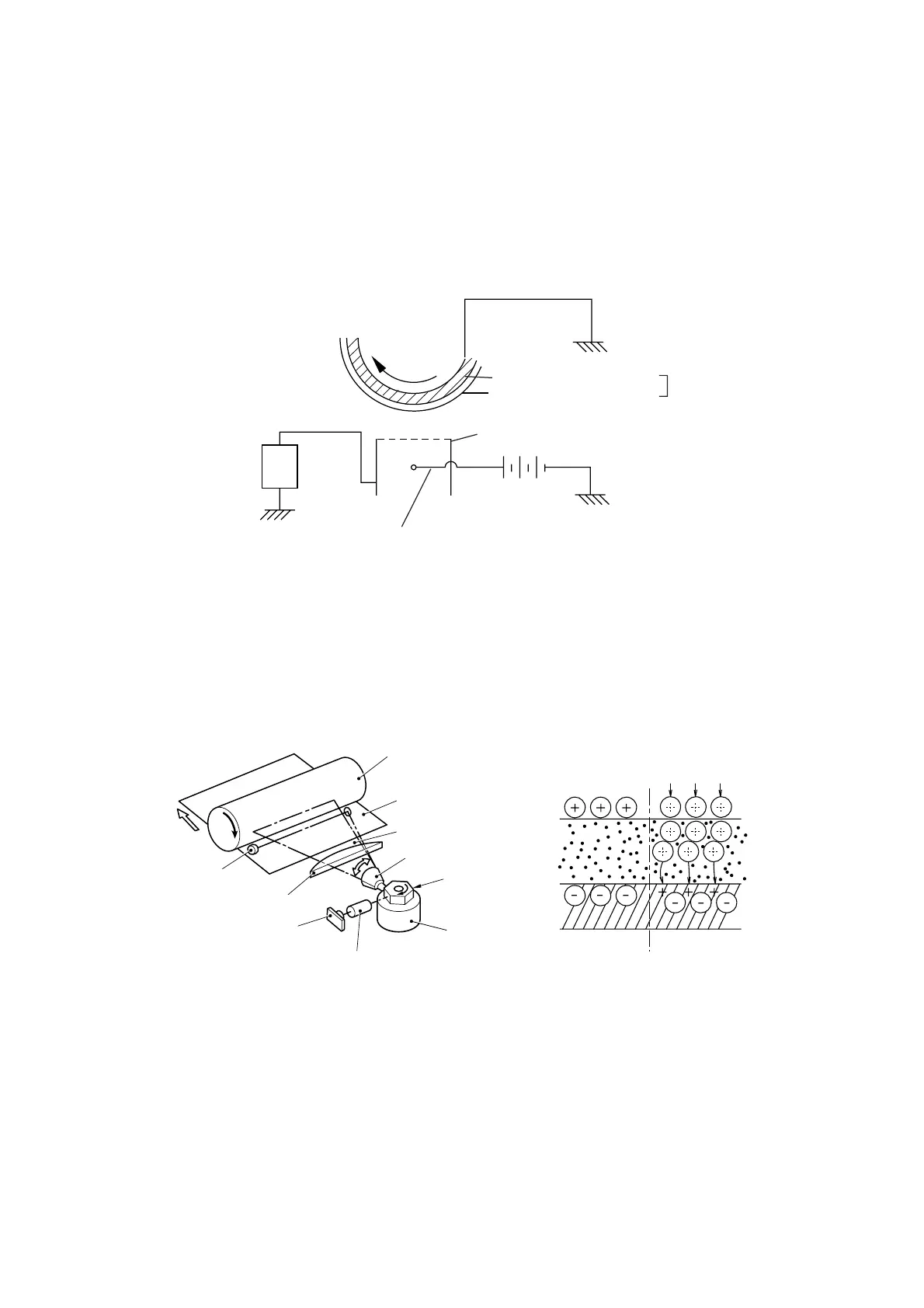